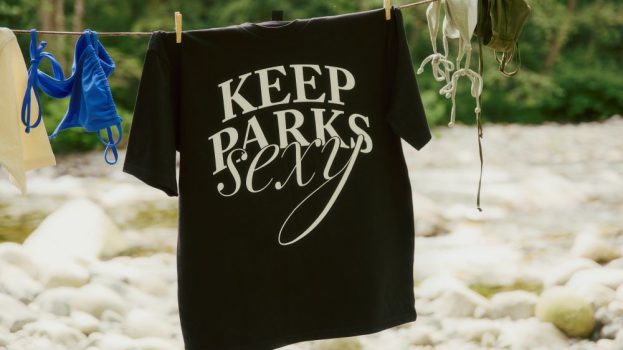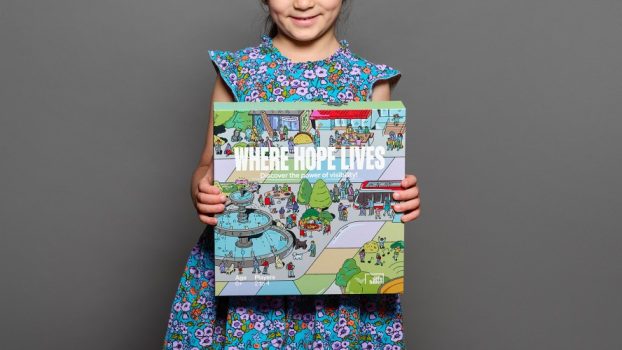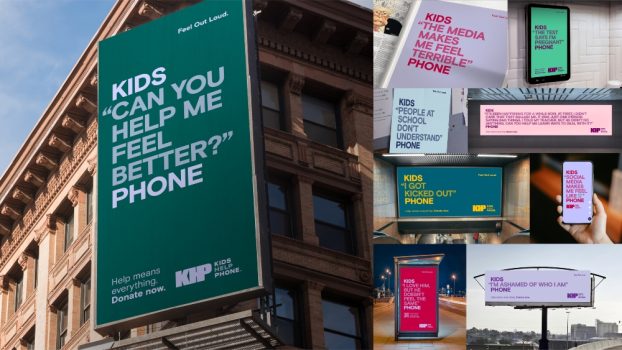Have you heard the latest buzzword? Normcore seems to be blowing up the media-scape lately, but what exactly is it?
In a word, the latest trend is bland. No really, that’s the trend – to be incredibly and utterly boring in your look. As in, hard core normal.
But is this even a trend? Isn’t that just dressing…normally? (For the record, I’ve been “normcore” in my attire for as long as I can remember… not on purpose. I just don’t have style).
Brands like Gap and American Apparel have already jumped on the term-bandwagon, with the Gap sending out a tweet declaring it has been “normcore” since 1969, while one person pointed out American Apparel’s window display in Toronto as the “epitome” of the trend.
Max Valiquette, managing director of strategy at Bensimon Byrne calls the trend “the worst.”
“It’s not new. It’s just that it’s been around forever and just now has a name,” he said via email. “It’s not like straight-edge or goth – names that authentically came out of their movements – but rather a sort of made-up name from a trend agency, which means that no one who practices it will actually ever admit to being a part of it.”
So what’s the deal? Why is this suddenly the hot topic online?
For context, a little while ago, a trend forecasting agency out of New York, K-Hole, coined the word “normcore” in its “Youth Mode” report, declaring the trend the “new world order of blankness.”
“Once upon a time people were born into communities and had to find their individuality. Today people are born individuals and have to find their communities. Mass Indie responds to this situation by creating cliques of people in the know, while Normcore knows the real feat is harnessing the potential for connection to spring up. It’s about adaptability, not exclusivity,” the report states. “Normcore doesn’t want the freedom to become someone. Normcore wants the freedom to be with anyone. In Normcore, one does not pretend to be above the indignity of belonging.”
In other words, while people are becoming knowledge elites or finding quirky things to connect over (knitting circles, for example, are hugely popular again), it’s cool to blend in. At the time, this wasn’t necessarily a fashion statement, rather, a state of mind.
Then, in February, New York magazine wrote a piece on the trend of stylized blandness the author was noticing around town, likening the movement to the fashions on Seinfeld, and quickly, the likes of Digiday, Huffington Post and the Toronto Star picked up the story. Meanwhile Twitter and Instagram exploded with posts and brands in the real-time-marketing bubble jumped on the trend.
But will it last? Is this a trend marketers should be keen on or is this the next Harlem Shake, doomed to die as quickly as it rose to popularity?
It seems to be a victim of its own real-time relevance, and brands on the RTM Twitter kick may be best served to give it a pass: Valiquette doesn’t think the trend is long for this world.
“No one dressing like this is thinking they are -core anything,” he said. “And naming it sort of destroys the movement by definition.”
Image courtesy of Shutterstock.
























